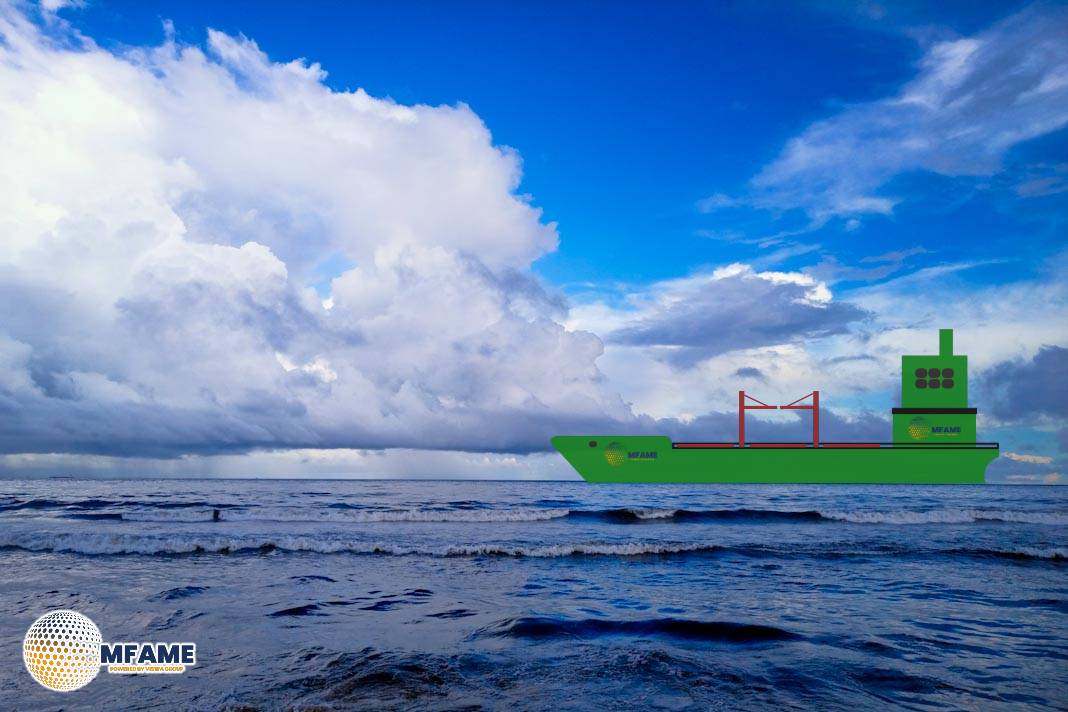- Q2 Brazilian Crude Shipments to China Hit Record 93.6 Million Barrels.
- China Now Takes 40% of Brazil’s Crude Exports.
- Petrobras Expands VLCC Trade with More Sales to Unipec, Sinochem.
Chinese imports of Brazilian crude oil soared to an all-time high of 93.6 million barrels in the second quarter of 2025, marking a staggering 53% increase from the first quarter and a 60% rise compared to the same period in 2024. These figures represent the highest second-quarter volumes we’ve seen in recent years, outpacing the benchmarks set in 2023 and 2024, reports The Signal Group.
China Now Takes 40% of Brazil’s Crude Exports
China has firmly established itself as the leading buyer of Brazilian crude, now accounting for about 40% of the country’s total crude exports. Major Chinese discharge ports include Lanshan, Tianjin, Ningbo, Yantai, Qingdao, and Dongjiakou, with the North China region making up a whopping 73% of all arrivals.
Shift Toward Long-Haul VLCC Volumes
This significant increase highlights a major shift in China’s crude sourcing strategy, which now leans heavily towards long-haul shipments from Brazil. These volumes are primarily transported via Very Large Crude Carriers (VLCCs), bolstered by Petrobras’ expanded term contracts and spot sales to Chinese buyers like Unipec and Sinochem.
Strategic Reserve Rebuilding and Teapot Demand Fuel Imports
The surge in imports is also fueled by China’s initiative to rebuild its strategic petroleum reserves (SPR) during price dips in early 2025, along with growing demand from independent refiners in Shandong, thanks to relaxed import quotas and better refinery margins.
Petrobras Deepens Ties with China
Petrobras is ramping up its efforts to attract Chinese investment, aiming to breathe new life into Brazil’s shipbuilding industry. At the recent Brazil–China Naval Industry Forum, the company inked memoranda of understanding with Chinese shipyards, part of a broader strategy to commission 25 new vessels by 2030 through its shipping division, Transpetro.
In a related move, Petrobras is shifting its focus towards export logistics. The company is reorganising its upstream portfolio, which may include selling off the Polo Bahia onshore fields to free up funds for offshore production and export infrastructure. They’ve also pledged R$26 billion (around US$4.8 billion) to integrate the Reduc refinery with the Boaventura logistics hub, enhancing their flexibility in crude exports.
Exploration Expands with Foz do Amazonas Blocks
On the exploration front, Petrobras, along with Chevron-led consortia, has secured significant offshore blocks in Brazil’s Foz do Amazonas basin. This highlights Petrobras’ commitment to deepwater exploration as a means to ensure future export flows.
VLCC Trade Dynamics Shift with Brazil–China Boom
Since March, the 7-day moving average of dirty tonne-miles for this route has soared past 2 billion nautical miles, nearly doubling the levels recorded in 2023 and 2024.
As for VLCC supply, it’s tightening in the Atlantic Basin. The round trip for Brazil–China voyages takes about 100 days, compared to just 60 days for Middle East–Asia routes. This could lead to increased freight rates for dirty VLCC cargoes, especially if the robust Brazil-to-China flows persist. Finally, the ongoing changes are not just altering long-haul crude trade patterns; they’re also sending ripples through the VLCC market, particularly in the AG and Atlantic basins.
Did you subscribe to our daily Newsletter?
It’s Free Click here to Subscribe!
Source: The Signal Group
















